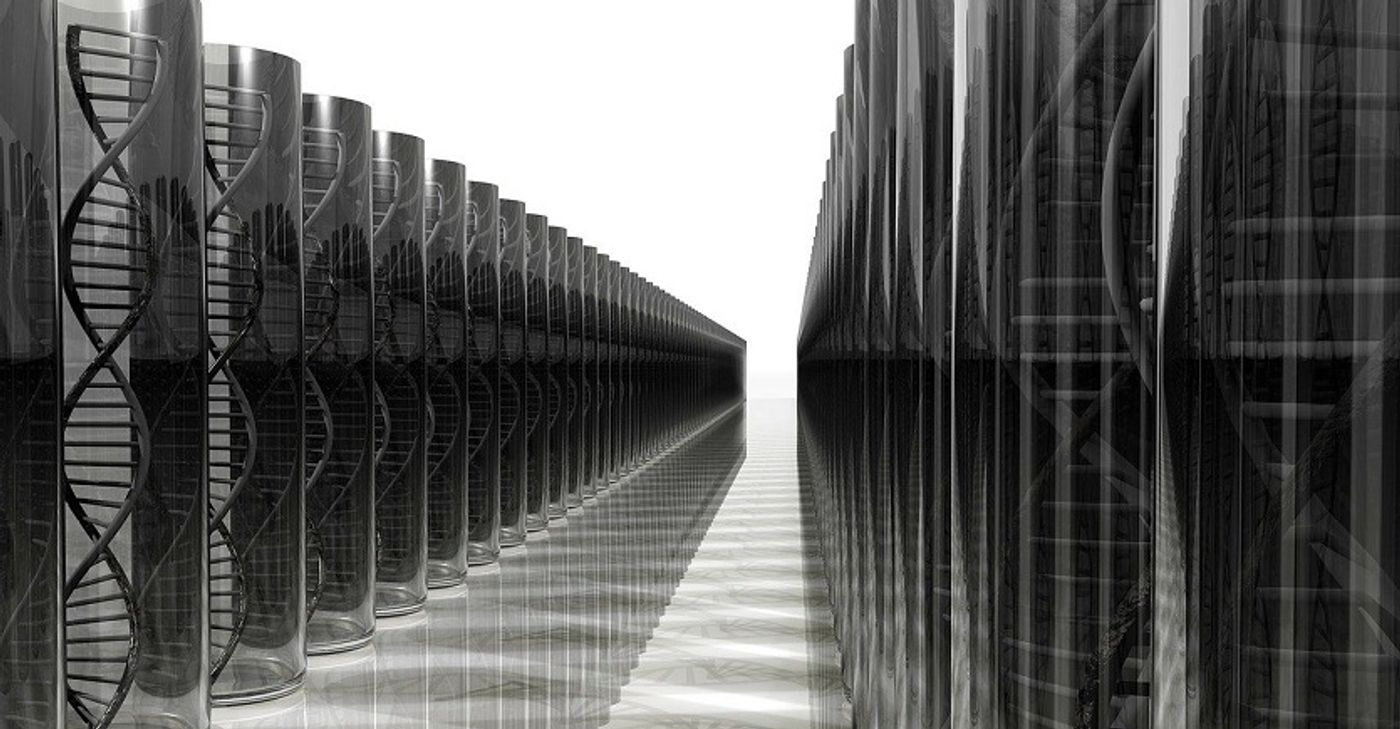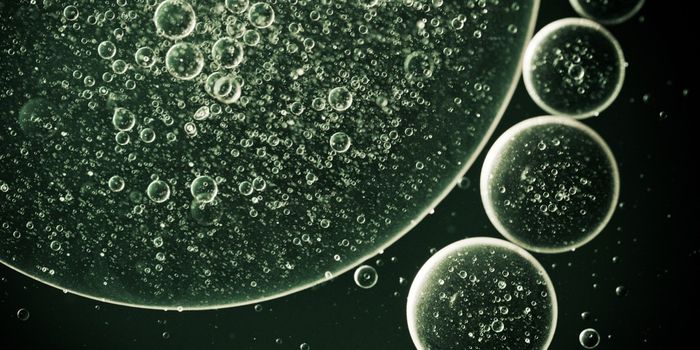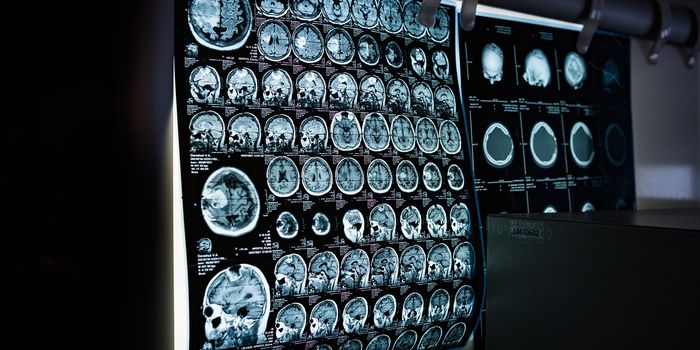Identifying Tumor Cells in the Blood with Artificial Intelligence
Cancer diagnostics is an area of keen interest in the fight against cancer. Cancer often slips by routine checkups and veils itself until it’s in later stages. At this point, patients have limited options, and the prognosis tends to be grim.
Diagnostic research has become a key focus to catch cancer at early stages and give patients a significantly better chance. Biomarkers are the current go-to method for this, and circulating tumor cells are an example of a cellular biomarker. These cancer cells escape the confines of a tumor and enter the bloodstream. There they can be found by blood tests and diagnose cancer before it can become a genuine problem.
However, circulating tumor cells suffer from a fatal flaw. They are present in the bloodstream at such minuscule levels that it requires a rather large amount of blood to enrich them in tests. Even worse, some cancers do not present critical targets that many tests use to identify them. A team from Lehigh University in Pennsylvania hope to develop a new way to identify these tumor cells, with the help of artificial intelligence.
Machine learning is a method of developing modern artificial intelligence programs. These computer programs can learn how to identify unique characteristics in large datasets. This study utilized one of these programs specialized in identifying unique characteristics in images. The program would “train” itself on a set of images taken from cultured cells and then validate itself for accuracy. If functional, it could be used on patient blood samples to identify circulating tumor cells.
As a control, the team used cultured circulating tumor cells to obtain images to train the program. The resulting program could identify the tumor cells in samples with an accuracy of 97%. The team moved on to testing patient blood cells.
Unfortunately, the team could only get thirty-one images from two patients. As datasets for machine learning programs need to be large, the had to conduct a type of data augmentation to expand thirty-one images to one thousand. The resulting dataset had one thousand samples, which was enough to train the program, which achieved an accuracy of just under 90%.
The team visualized the data output from the program and found it reliably separated circulating tumor cells from similar cells in a sample. They noted that any issues the program might have been due to image quality. They state that the higher accuracy of the control indicates that the programs would benefit from a larger dataset to improve upon its reliability.
All in all, this study shows the promise of deep learning and other artificial intelligence methods in diagnostic research. The study concludes, “As we mentioned, CTCs from RCC patient cannot be correctly isolated by CellSearch. If combined with molecular characterization, this label-free method of statistical analysis for CTCs would provide useful information to help choose the optimal therapy for mRCC patients.”
Sources: Nature Scientific Reports, ecancer









